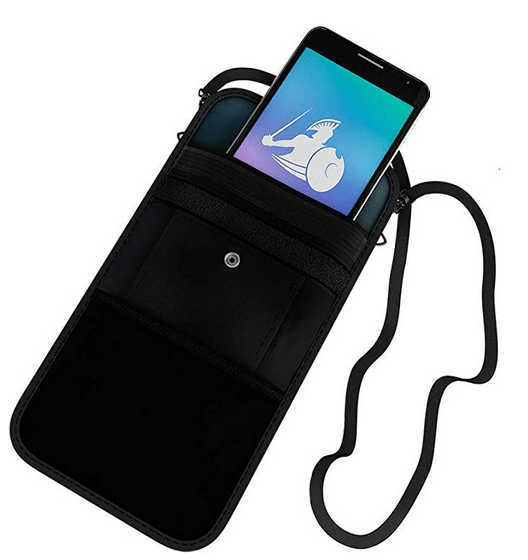5G protection clothing is made to reduce contact between radioactive materials and your clothing and skin. It's specifically designed not to wear in places that may be contaminated and to be taken off promptly. This can help to stay away from exposure for long periods to radioactive materials as well as preventing pollution of the surrounding areas.
Many consumer products have been discovered to be contaminated with radioactive substances. These products emit radiation and cause health effects when exposed to them for long periods of time. They are banned by the Dutch Nuclear Safety Authority (ANVS) has banned the sale of these products. The radiation that these products emit could damage DNA and tissue. Even low levels of exposure can harm your health producing irritation and redness. The Netherlands has imposed strict limits on the amount radiation that individuals can be exposed to.

If you think you might be subjected to radiation seek medical attention as soon as is possible. You can determine the dose by taking CBCs for at least 8 hours following exposure. Following that, you must conduct blood tests every 4 to 6 hours for at least the initial few days, and observe for any signs of illness. If your doctor is not sure about the diagnosis, talk to a radiation expert.
Cost of 5g protection clothing

5G protection clothes act as a shield from harmful electromagnetic and radio frequencies. They can be triggered by wireless devices such as laptops, mobile phones Wi-Fi routers, smart meters, and 5G cell towers. It is therefore important to wear the appropriate type of protection clothes to limit the risk of exposure.
Cost of nickel-based shielding fabric for EMI/RFI
Nickel-based EMI/RFI shielding materials are used in the production of protective clothing to guard users from harmful consequences of cellular signals as well as various wireless signal. These fabrics are made from polyester fibers that contain copper and metallic nickel. Go to the website are designed to block 99percent of frequencies used by wireless. This prevents data theft and other hazards that can arise from the use of wireless technology.
Nickel is a typical metal used in shielding fabrics. Its magnetic properties and high conductivity make it a great choice for this task. It is also relatively inexpensive in comparison to other metals. The most common metals used to shield purposes are aluminum, copper nickel silver, nickel, and carbon steel that has been pre-tin-plated. Other metals, like silicon also are available for shielding.
Another type of fabric that is used to guard against EMI/RFI radiation is called Mylar. This kind of fabric could be placed on windows and other areas with sensitive sensitivity. It costs approximately $30-$40 per linear foot.
